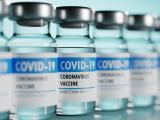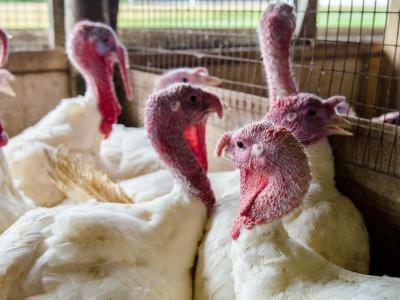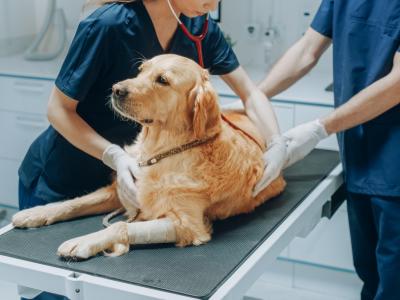Dec 6, 2004 (CIDRAP News) – Researchers in Canada who found hepatitis in ferrets after injecting the animals with an experimental vaccine for SARS (severe acute respiratory syndrome) are urging caution as other investigators develop and test SARS vaccines.
As reported in the November issue of the Journal of Virology, the study involved a vaccine developed by senior author Jingxin Cao, PhD, of the Public Health Agency of Canada's National Microbiological Laboratory in Winnipeg, Man. Cao had created a vaccine from recombinant modified vaccinia virus Ankara (rMVA) and the distinctive spike protein that marks the SARS coronavirus (SARS-CoV). The trial vaccine is called rMVA-S.
The team chose ferrets for the study on the basis of their reported susceptibility to SARS infection, Cao told CIDRAP News.
At the Canadian Science Centre for Human and Animal Health's Biosafety Level 4 lab in Winnipeg, three ferrets were injected with the rMVA-S vaccine, three with parental MVA, and three with saline solution. They received booster immunizations 2 weeks later.
Then the ferrets were exposed intranasally to the SARS virus, which infected more than 8,000 people and killed 774 between November 2002 and July 2003.
On the plus side, immunization with rMVA-S induced a rapid immune response following exposure to the virus, the researchers wrote. The ferrets displayed no clinical signs of illness, but viral RNA was found in pharyngeal swabs and blood samples taken from all the ferrets.
But researchers unexpectedly discovered a downside when they checked the ferrets' liver health. Ferrets vaccinated with rMVA-S and exposed to SARS-CoV had elevated levels of an enzyme that indicates liver damage. Examination of liver sections showed that the ferrets had severe hepatitis. Only mild hepatitis was found in the ferrets injected with parental MVA or saline.
It's uncommon to perform the tests that revealed the hepatitis, said Kelly Keith, acting communications manager for the Canadian Science Centre for Human and Animal Health. This study will help ensure that any other SARS vaccine will be safer, as scientists should know to check for this possible side effect.
"Extra caution should be taken in proposed human trials of SARS vaccines due to the potential liver damage from immunization and virus infection," the research report states.
Cao said he hopes that others recognize the significance of the hepatitis among the vaccinated ferrets. "For future human vaccine development, we must pay attention to that effect," he said.
The lead author of the study, Hana Weingartl, PhD, head of special pathogens for Canada's National Microbiology Laboratory in Winnipeg, said she and her fellow researchers are seeking a grant to continue their work. "We would like to look more closely at why we saw the liver damage in those animals," she said. "It would be good to know what not to do."
The findings underscore how little is understood about SARS, which emerged in southern China in November 2002. Since its discovery, scientists have raced to contain it and develop a vaccine. Weingartl and Cao's study is one of several vaccine investigations in various stages in several countries.
Researchers need a better understanding of how the virus damages the host, Weingartl said.
In an unrelated SARS vaccine investigation, the Chinese government yesterday announced that a vaccine proved safe and effective in a phase 1 clinical trial. Thirty-six volunteers who had been vaccinated reported no unusual physical reactions after 56 days, Agence France-Presse reported (AFP). In addition, antibodies were found in 24 of those vaccinated, the story said.
Testing began in May with 18 men and 18 women from 21 to 40 years old following what the government termed successful animal tests, AFP reported. The vaccine won't be ready for commercial use until two more testing phases are completed.
Weingartl H, Czub M, Czub S, et al. Immunization with modified vaccinia virus Ankara-based recombinant vaccine against severe acute respiratory syndrome is associated with enhanced hepatitis in ferrets. J Virology 2004;78(22):12672-6 [Abstract]


















